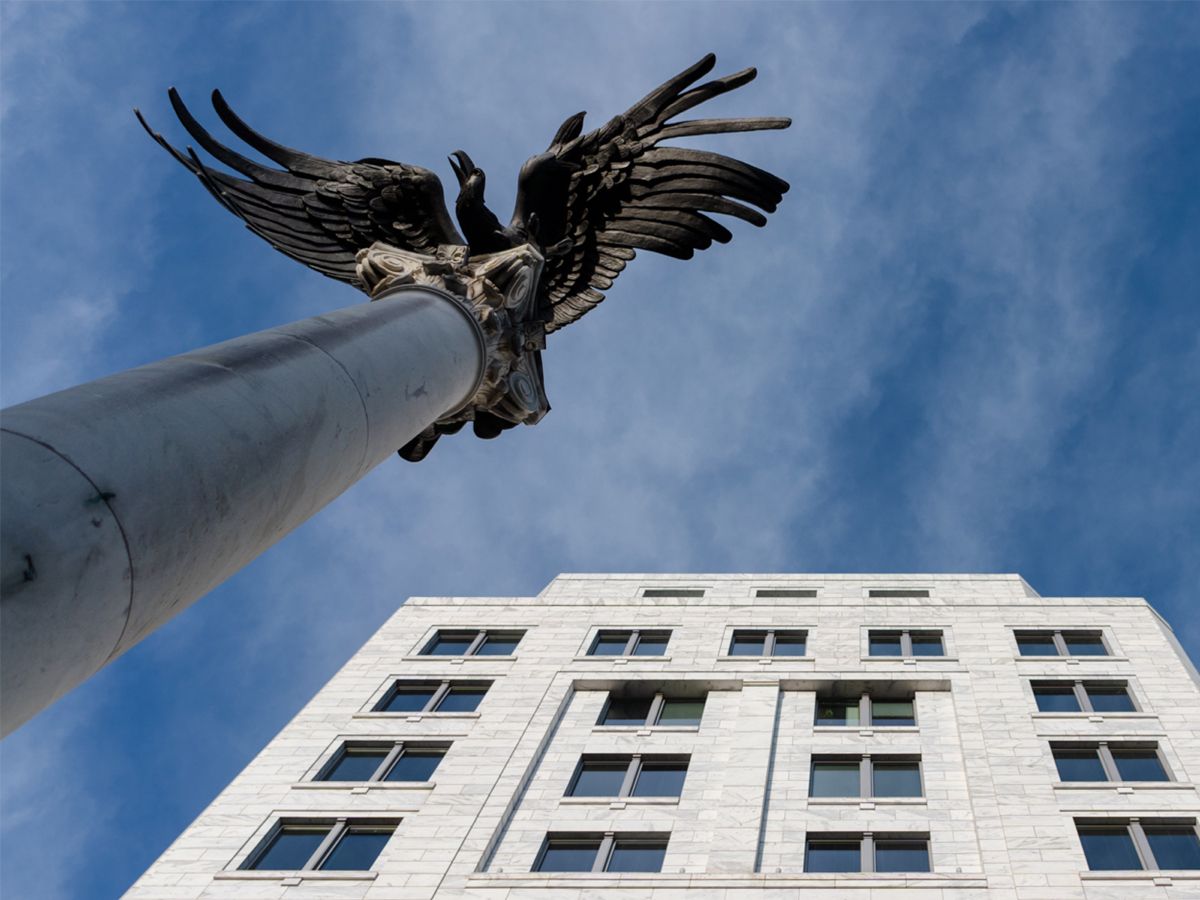
What is the Federal Reserve, and why does it matter? The Federal Reserve, often called the Fed, is the central bank of the United States. It was created in 1913 to provide the country with a safe, flexible, and stable monetary and financial system. Why does it matter? The Fed controls the money supply, sets interest rates, and oversees the banking system. Its decisions impact inflation, employment, and economic growth. Imagine it as the financial system's referee, ensuring everything runs smoothly. Without the Fed, the economy could face more frequent and severe financial crises. Understanding the Fed helps grasp how economic policies affect daily life.
What is the Federal Reserve?
The Federal Reserve, often referred to as the Fed, is the central banking system of the United States. It was created to provide the country with a safe, flexible, and stable monetary and financial system.
-
The Federal Reserve was established on December 23, 1913, with the signing of the Federal Reserve Act by President Woodrow Wilson.
-
It consists of 12 regional Federal Reserve Banks located in major cities across the country, including New York, Chicago, and San Francisco.
-
The Federal Reserve's main responsibilities include conducting national monetary policy, supervising and regulating banks, maintaining financial stability, and providing banking services to depository institutions and the federal government.
Structure of the Federal Reserve
The structure of the Federal Reserve is designed to balance public and private interests and ensure a stable financial system.
-
The Federal Reserve System is governed by the Board of Governors, which is an independent government agency based in Washington, D.C.
-
The Board of Governors consists of seven members who are appointed by the President of the United States and confirmed by the Senate. Each member serves a 14-year term.
-
The Chair of the Federal Reserve is one of the most powerful economic policymakers in the world. The current Chair, as of 2023, is Jerome Powell.
Functions of the Federal Reserve
The Federal Reserve performs several key functions to support the U.S. economy and financial system.
-
One of its primary functions is to manage the nation's money supply and interest rates through monetary policy. This is done to achieve maximum employment, stable prices, and moderate long-term interest rates.
-
The Federal Reserve sets the federal funds rate, which is the interest rate at which banks lend to each other overnight. Changes in this rate can influence other interest rates, including those for mortgages, credit cards, and business loans.
-
It also acts as a lender of last resort to banks during times of financial distress, providing liquidity to ensure stability in the banking system.
The Federal Reserve and Financial Stability
Ensuring financial stability is a critical role of the Federal Reserve, especially during economic crises.
-
During the 2008 financial crisis, the Federal Reserve took unprecedented actions, including lowering interest rates to near zero and purchasing large quantities of financial assets, to stabilize the economy.
-
The Dodd-Frank Wall Street Reform and Consumer Protection Act of 2010 expanded the Federal Reserve's regulatory powers to prevent future financial crises.
-
The Federal Reserve conducts stress tests on major banks to ensure they have enough capital to withstand economic downturns.
The Federal Reserve and Currency
The Federal Reserve also plays a crucial role in the issuance and circulation of U.S. currency.
-
It is responsible for issuing Federal Reserve Notes, which are the paper currency used in the United States.
-
The Federal Reserve works with the U.S. Treasury to ensure there is enough currency in circulation to meet public demand.
-
It also oversees the distribution of coins and currency to banks and other financial institutions.
The Federal Reserve and Consumer Protection
Protecting consumers in the financial marketplace is another important function of the Federal Reserve.
-
The Federal Reserve enforces consumer protection laws and regulations, such as the Truth in Lending Act, which requires lenders to provide clear and accurate information about loan terms and costs.
-
It also works to ensure that consumers have access to credit and banking services, particularly in underserved communities.
-
The Federal Reserve provides educational resources and tools to help consumers make informed financial decisions.
The Federal Reserve's Impact on Everyday Life
Understanding the Federal Reserve helps us see how it shapes our economy. From setting interest rates to regulating banks, the Fed plays a huge role in our financial system. It’s not just about big banks and Wall Street; its decisions affect our daily lives, like the cost of loans and the stability of our savings.
Knowing these facts can make us more informed citizens. Next time you hear about the Fed in the news, you’ll have a better grasp of what’s going on and why it matters. Whether you’re a student, a professional, or just curious, these insights can help you navigate the financial world more confidently.
Stay curious, keep learning, and remember, the Federal Reserve is more than just a name—it’s a key player in our economic well-being.
Was this page helpful?
Our commitment to delivering trustworthy and engaging content is at the heart of what we do. Each fact on our site is contributed by real users like you, bringing a wealth of diverse insights and information. To ensure the highest standards of accuracy and reliability, our dedicated editors meticulously review each submission. This process guarantees that the facts we share are not only fascinating but also credible. Trust in our commitment to quality and authenticity as you explore and learn with us.


